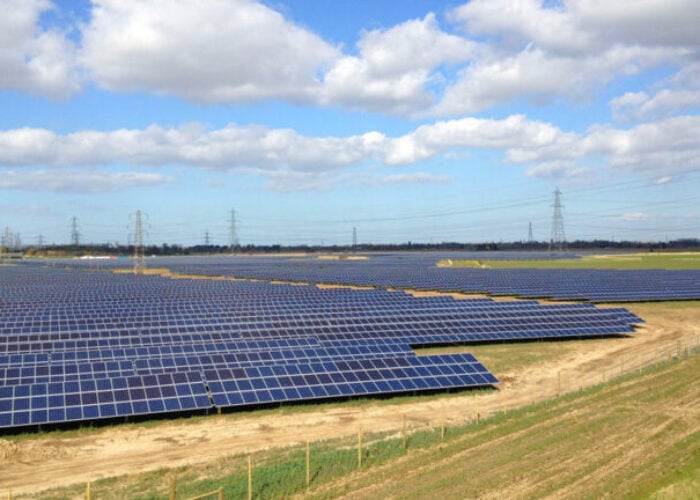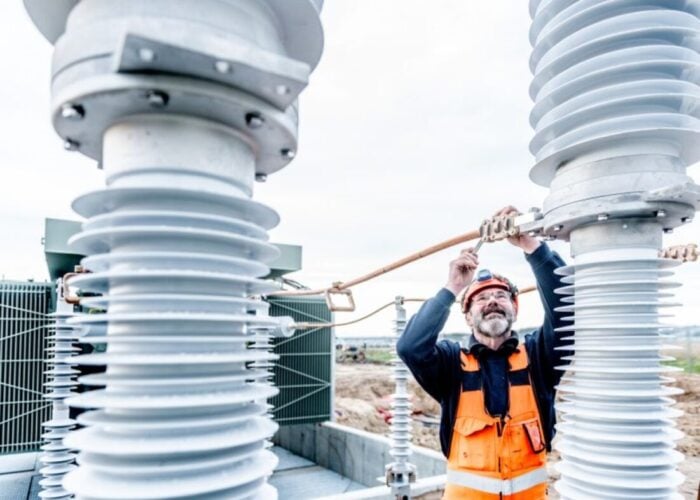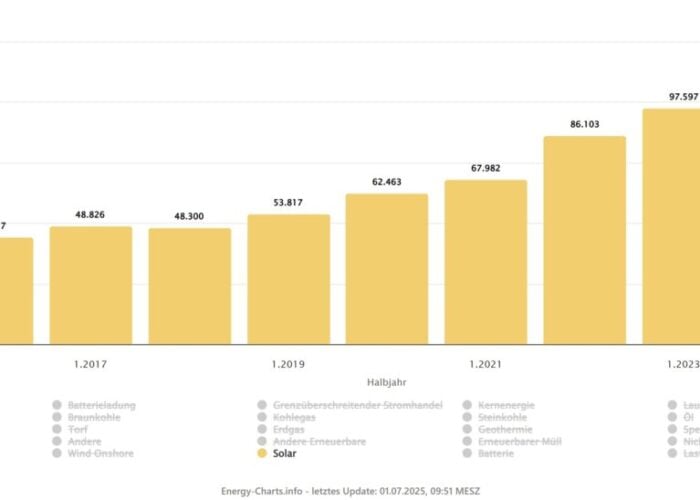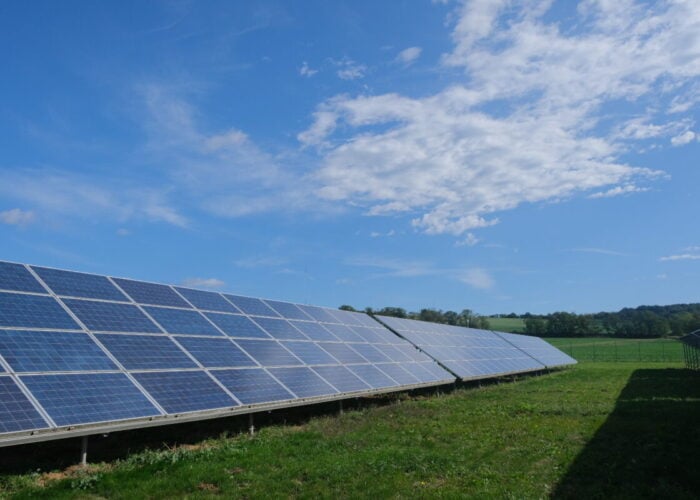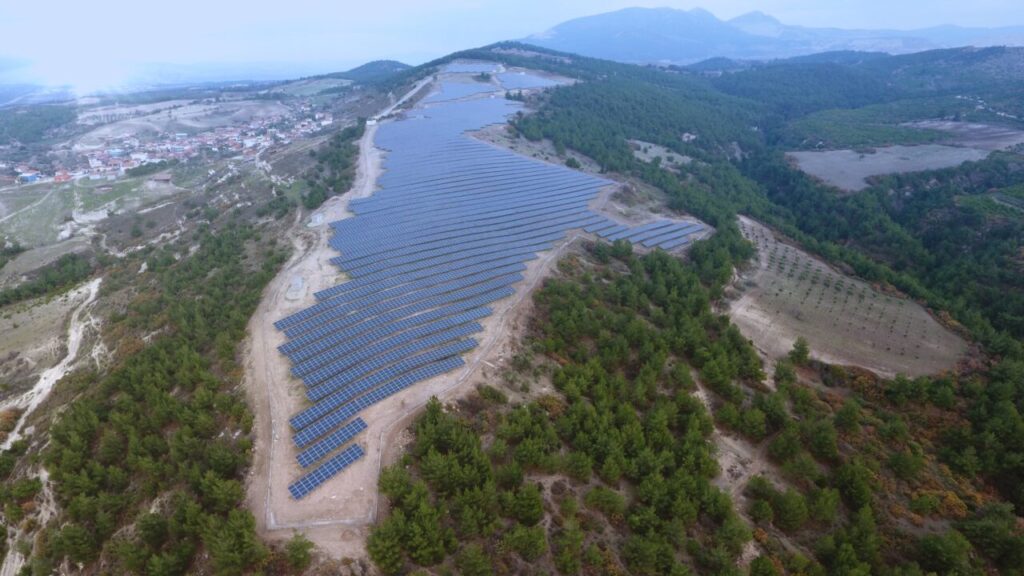
Turkish renewable power developer Fortis Energy has acquired a 180MWac solar project in Serbia, with plans to add a battery energy storage system (BESS) to the facility.
The company plans to begin construction at the project, in Sremska Mitrovica, west of Belgrade, in 2025. The BESS facility will have a capacity of 36MWh, making the project one of the largest solar-plus-storage projects in south-east Europe, according to Fortis.
Unlock unlimited access for 12 whole months of distinctive global analysis
Photovoltaics International is now included.
- Regular insight and analysis of the industry’s biggest developments
- In-depth interviews with the industry’s leading figures
- Unlimited digital access to the PV Tech Power journal catalogue
- Unlimited digital access to the Photovoltaics International journal catalogue
- Access to more than 1,000 technical papers
- Discounts on Solar Media’s portfolio of events, in-person and virtual
The majority of the company’s portfolio is in operation in its home country, but Fortis has sought to expand its offerings in other countries in recent years. The company currently has three solar-plus-storage projects under development in Serbia, with a combined solar generation capacity of 600MW, alongside three solar-plus-wind projects in the south of the country. Fortis now has close to 2GW of new renewable power capacity under development in Albania, Serbia and North Macedonia.
The deal is the latest encouraging development for the eastern European renewable power sector. Earlier this year, figures from Ember demonstrated that clean power generation exceeded that of coal in Central and Eastern Europe for the first time, and the continued investment into renewable power facilities will only continue to expand the sector.
Serbia specifically has also made new investments into the upstream aspects of the solar supply chain, with the national government signing a memorandum of understanding with Chinese module manufacturer Hunan Rich Photovoltaic Science and Technology to build a 1GW module manufacturing facility in the country.
Last week, the Serbian government adopted its National Energy and Climate Plan (NECP), part of the EU’s programme to reduce carbon emissions among its member states for the remainder of the decade. Serbia aims to add 3.5GW of new solar and wind power capacity by 2030, and meet 45% of its electricity demand with renewable power sources, while reducing the share of coal in its power generation by 25% compared to 2019 figures.

